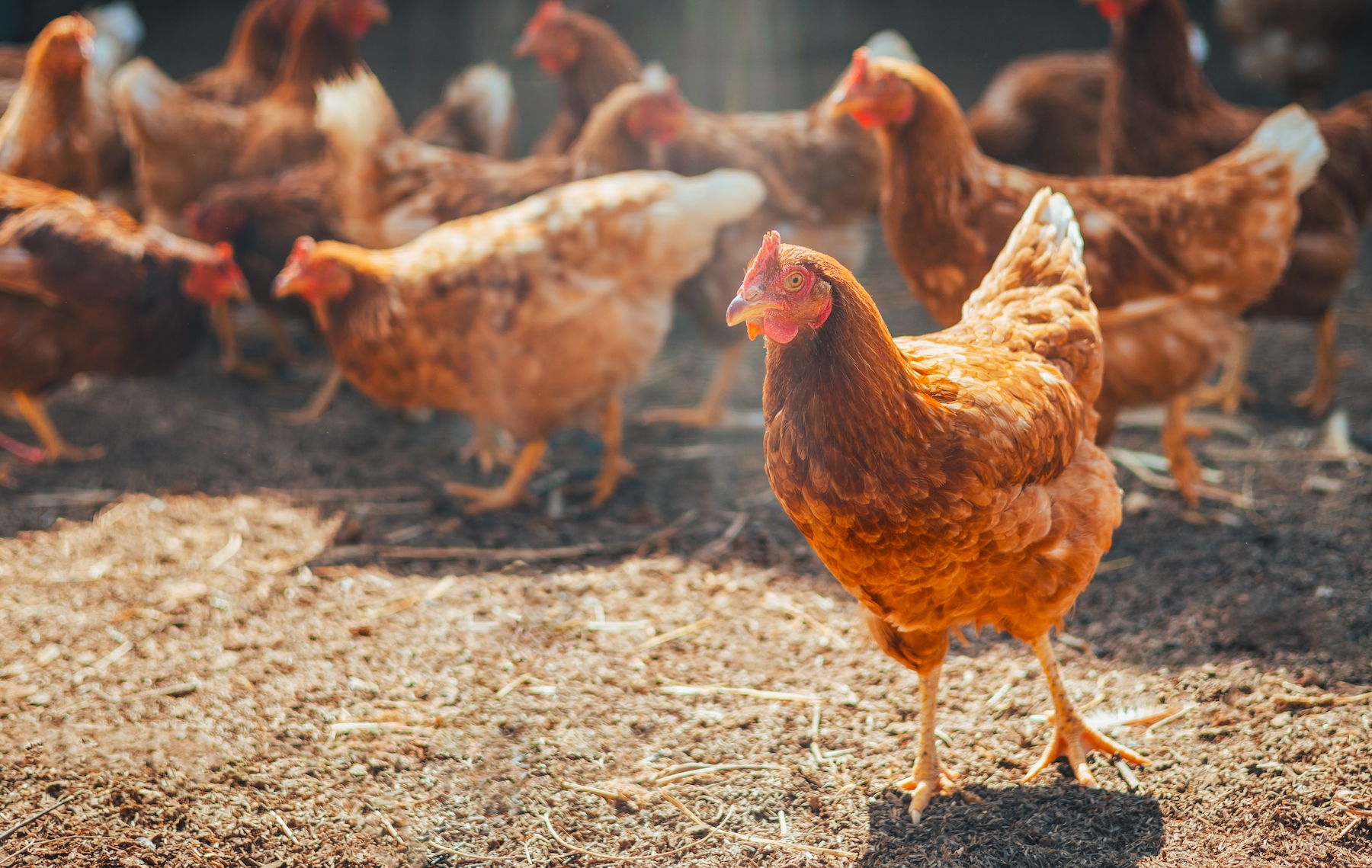Avian flu: Top scientists share new insights
20th October 2023
Scientists have made new discoveries on airborne spread of AI, and revealed Northern Gannets and Shag are showing signs of developing immunity to avian influenza, according to research published todayscien (20th October).

Top scientists have discovered that avian influenza can only travel short distances (less than 10m) through the air, and airborne travel between farms is therefore very unlikely.
This is according to the findings of a major, eight-strong research consortium, FluMap, which was announced last year. Preliminary investigations on a small sample of some seabird species revealed specific immunity to H5N1, showing exposure and recovery in a proportion of birds.
However, avian influenza viruses are prone to change so antibody levels will likely decline over time, with next year’s offspring not guaranteed to be immune – suggesting there are no great population level benefits yet.
Scientists hope to look at the effect of antibodies on infection, to better predict the emergence of new viruses with different protein combinations in the future, allowing experts to stay one step ahead to safeguard animal and human health.
Highly pathogenic avian influenza is a significant burden on animal health, with over 350 infected premises detected between 2020 and 2023.
Wild bird populations have also suffered significant mortalities across multiple species and wild mammals that have scavenged dead bird carcasses have also been infected.
The consortium also identified several genetic characteristics that explain the ability of the current H5N1 viruses to spread fast and infect a greater range of species. Research found that multiple virus genes have switched and evolved to act together to enhance fitness to infect, transmit and persist in birds, but remain un-adapted to humans.
The consortium has received £3.3 million in additional funding, to continue its research into the evolution of the virus and the ability to predict new strains.


